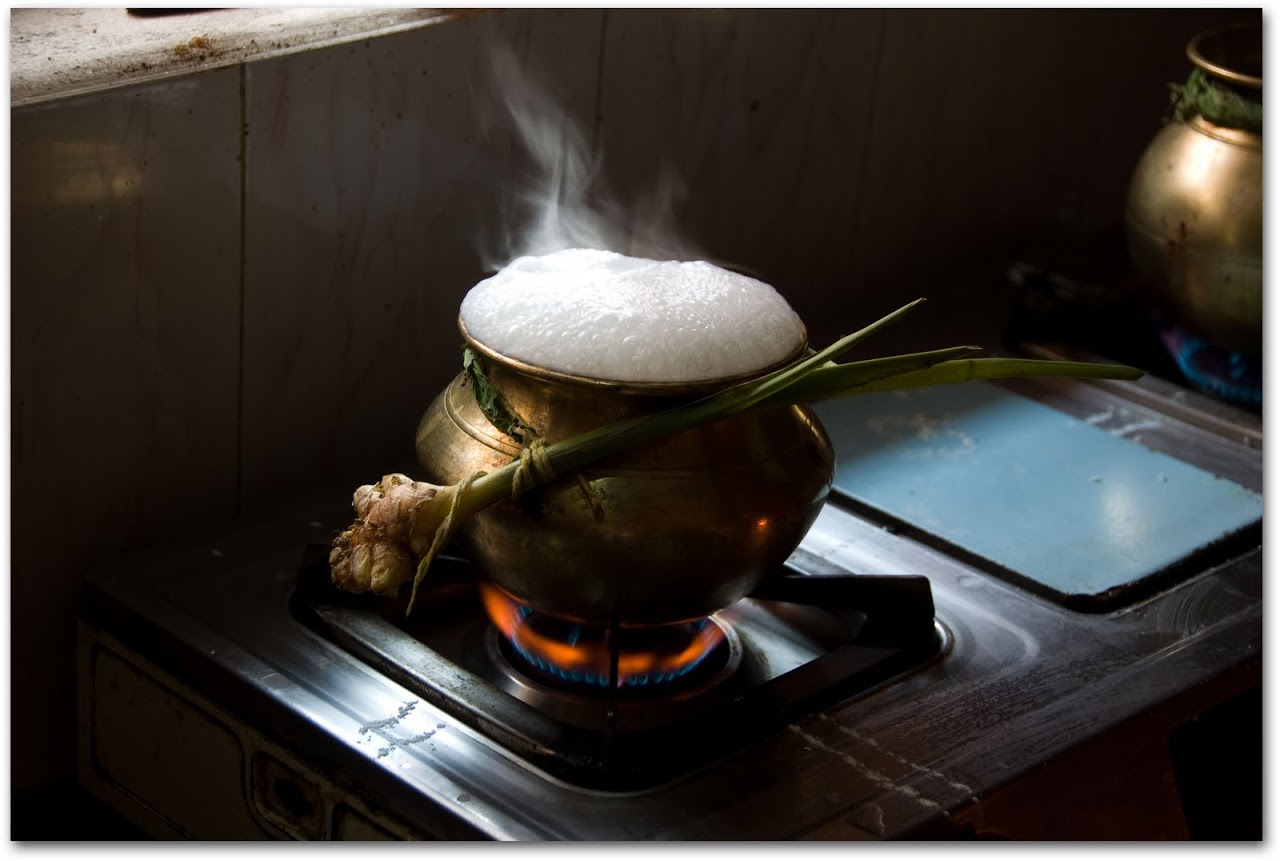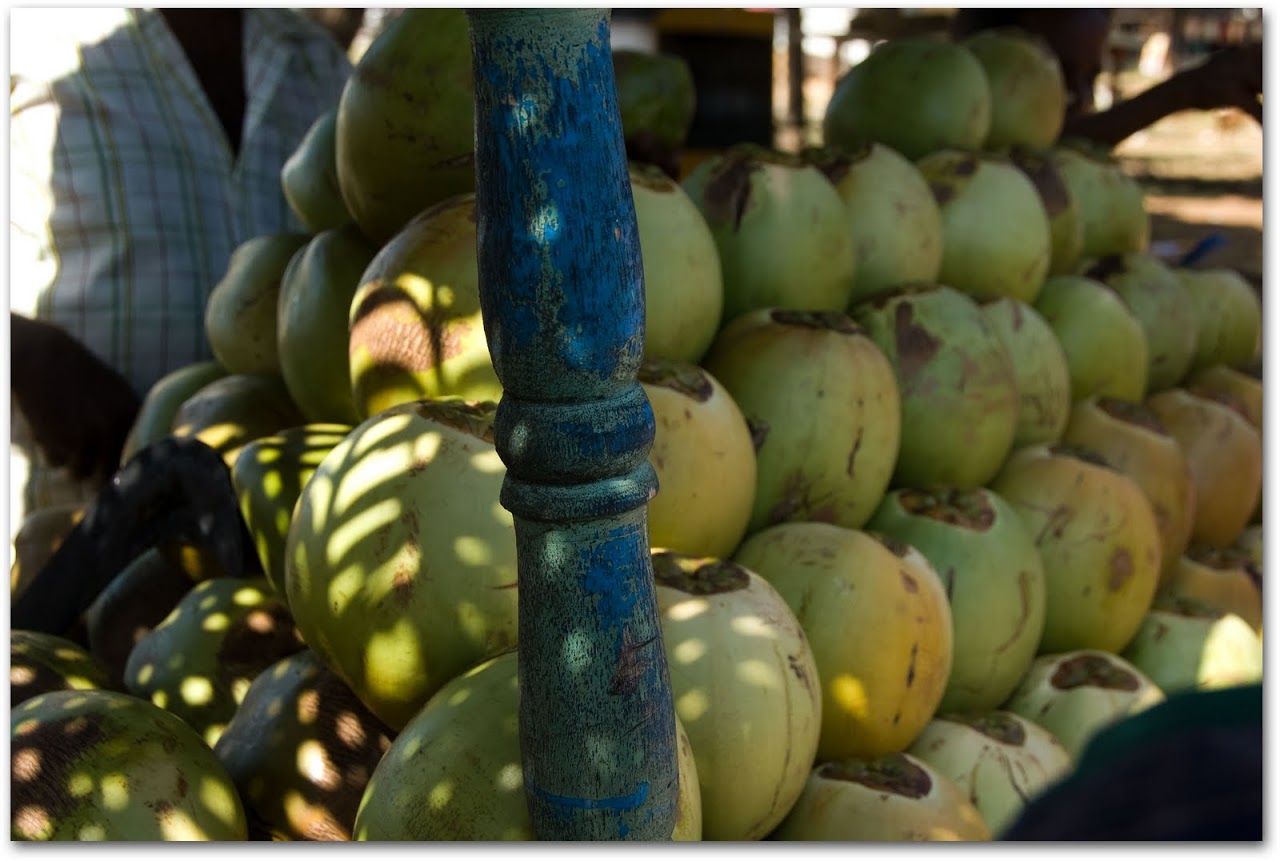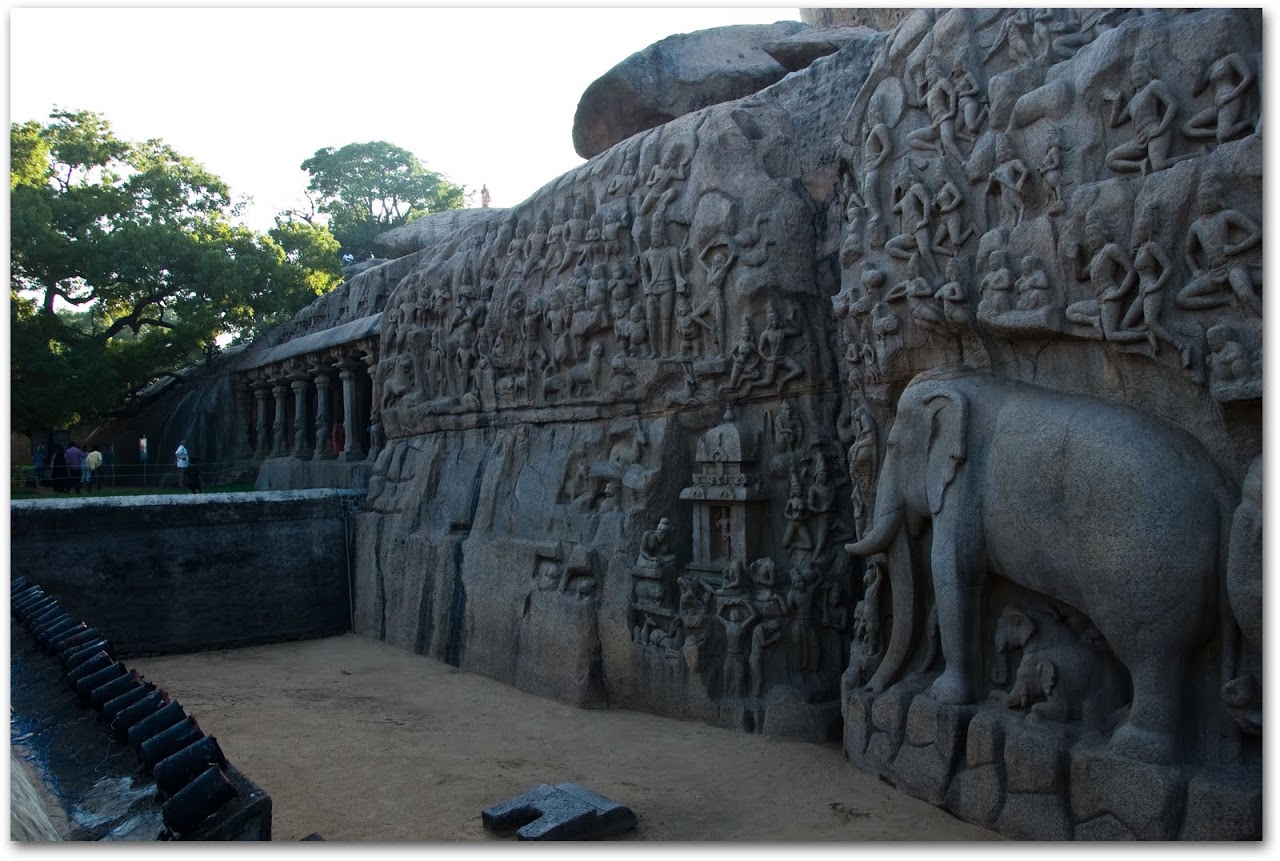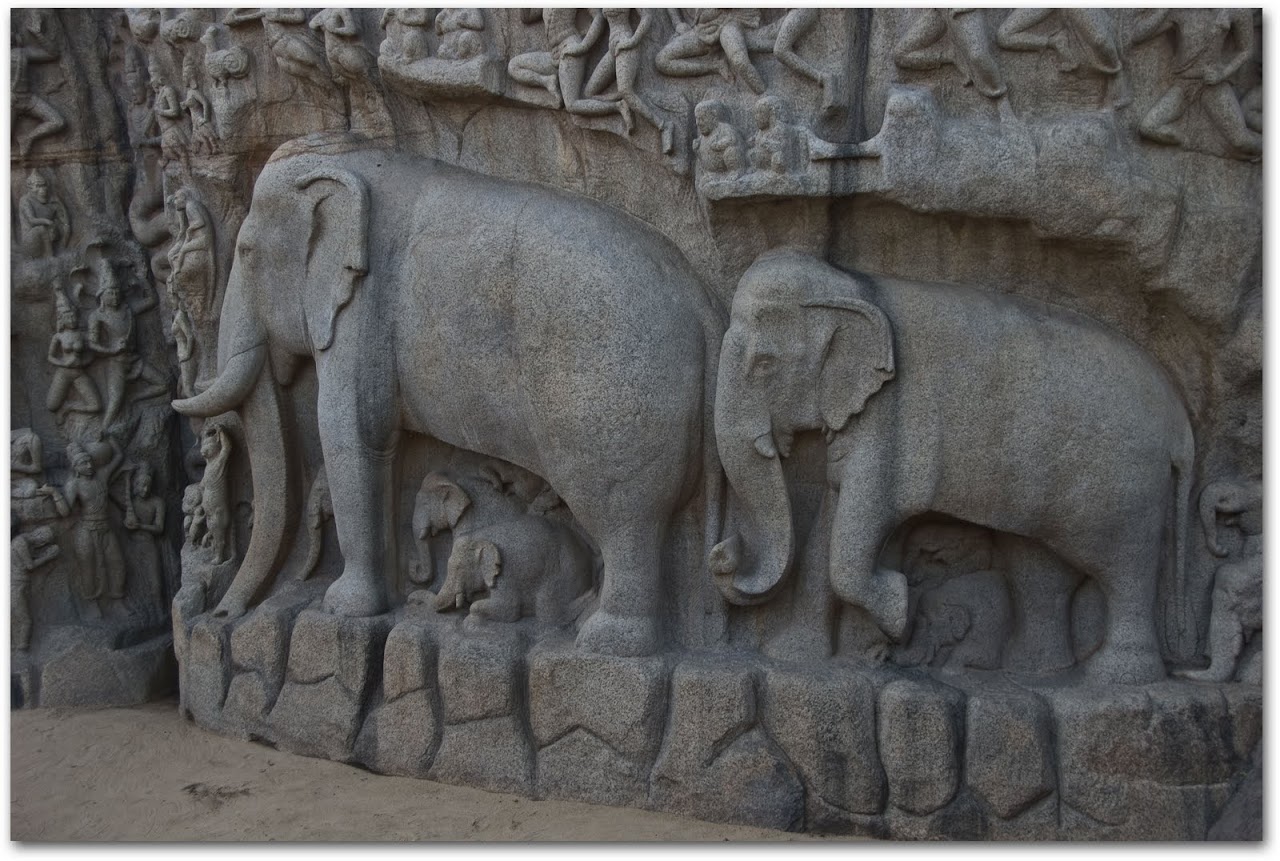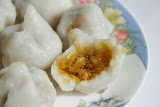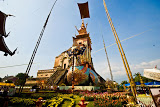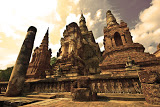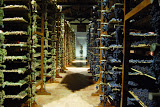Pongal pot, boiling over
Last week, we celebrated the harvest festival Pongal, India’s version of Thanksgiving. It wasn’t the type of Thanksgiving we have in the United States where we gorge ourselves on turkey, sweet potatoes , and apple pie, and spend the afternoon watching football. Instead, on Thursday, the temple bells started clanging at 5:00 a.m., marking the start of this year’s holiday. Rangoli, elaborate chalk drawings in vibrant colors, laid at the entrance of every home and incense greeted us as we walked to the neighborhood temple.
Young coconuts
My grandmother filled the Pongal pot with pongal, a combination of rice, water, and lentils, that is as integral to the holiday as turkey is to Thanksgiving. The minute it boils, we all cried out, “Pongalo, Pongal, Pongalo, Pongal.” If the boiling water spills to the south, it marks good luck for the coming year; only after we saw it boil over, did we realize that my grandmother’s cookstove tilts suspiciously to the south as well. At lunch, we ate the pongal, a sweet pongal made with jaggery, and seven types of vegetables, to celebrate the bounty that the year has given us.
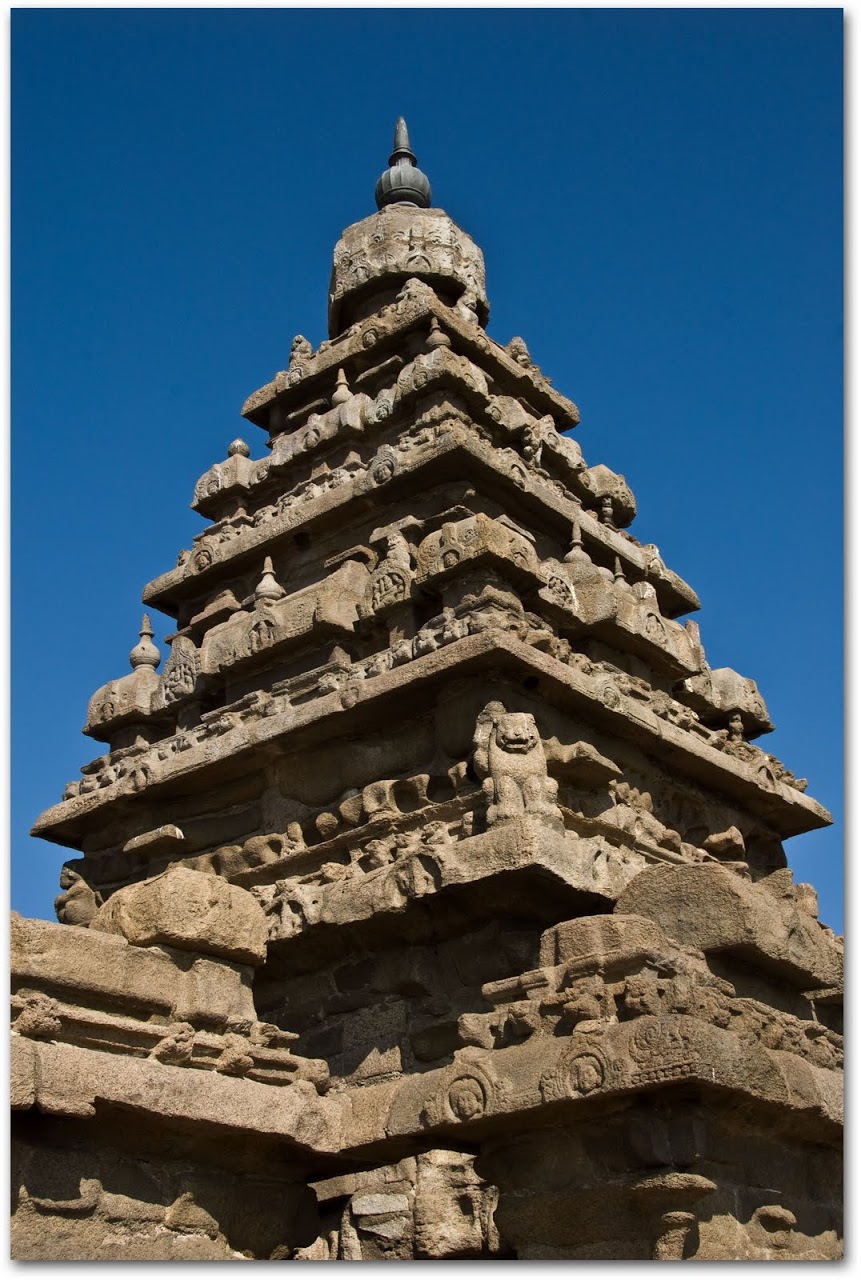
|
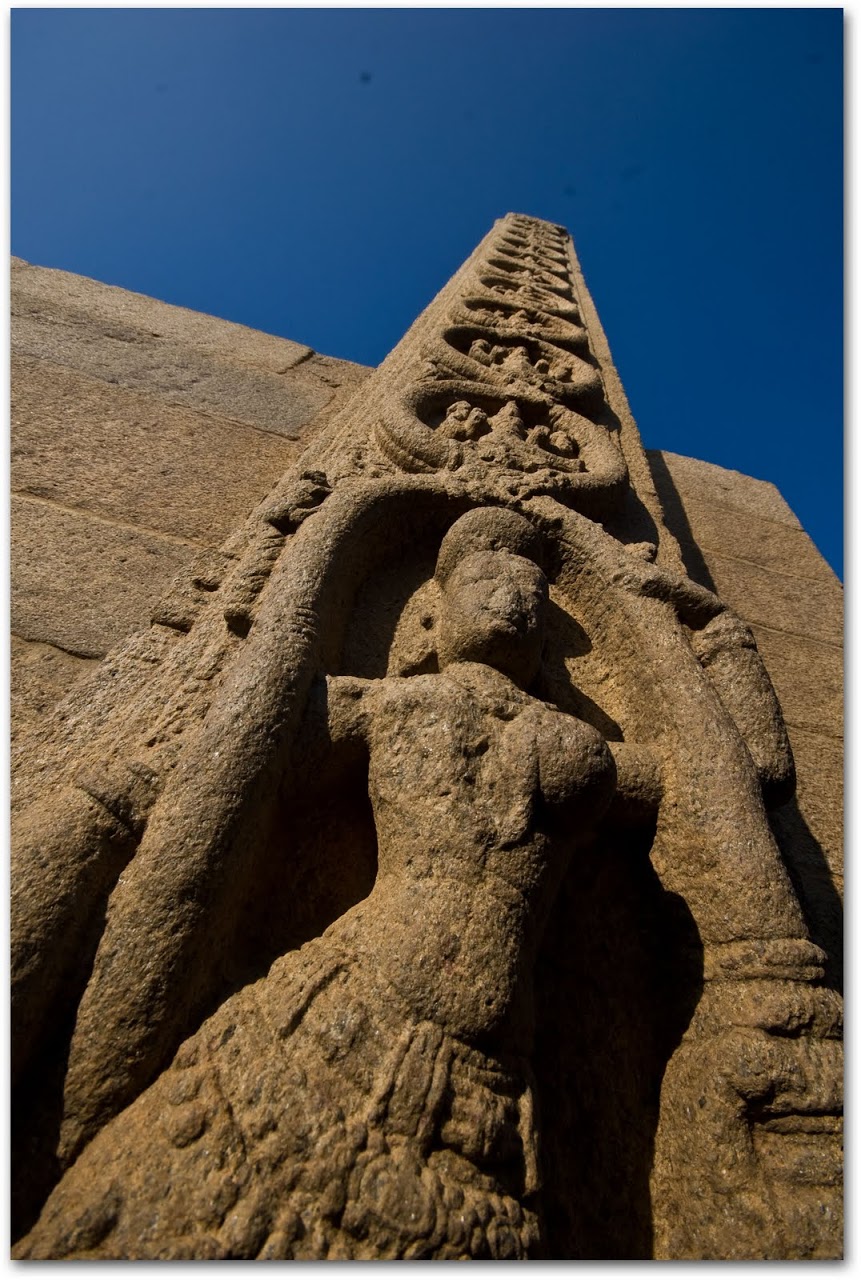
|
In the early afternoon, we left the city, reveling in the empty unclogged streets, to enjoy the holiday at the nearby World Heritage Site, Mahabalipuram. Also known as Mamallapuram, Mahabalipuram was a major seaport and second capital of the Pallava kings in the seventh century. Today, carved statues and reliefs of the Hindu gods and goddesses are stunningly preserved into dozens of rock temples.
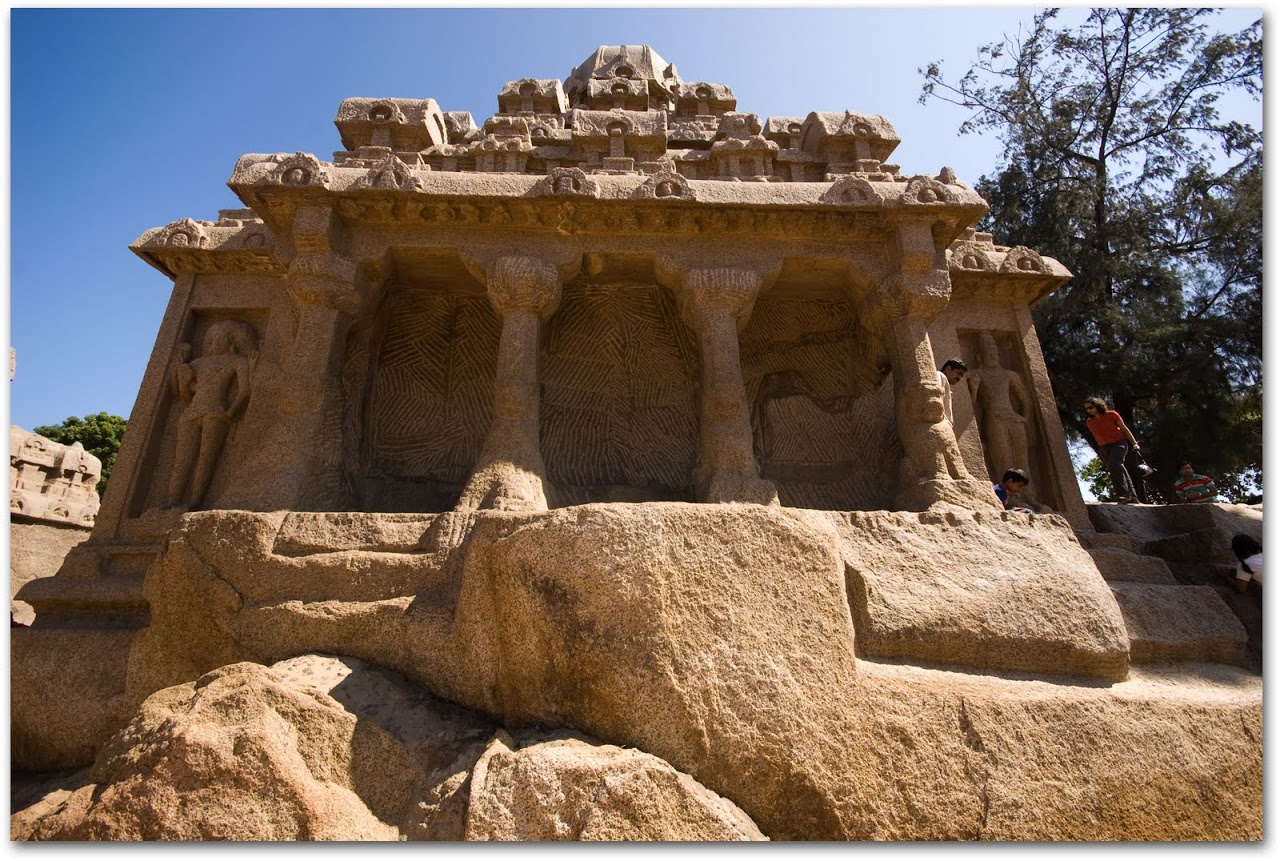
|
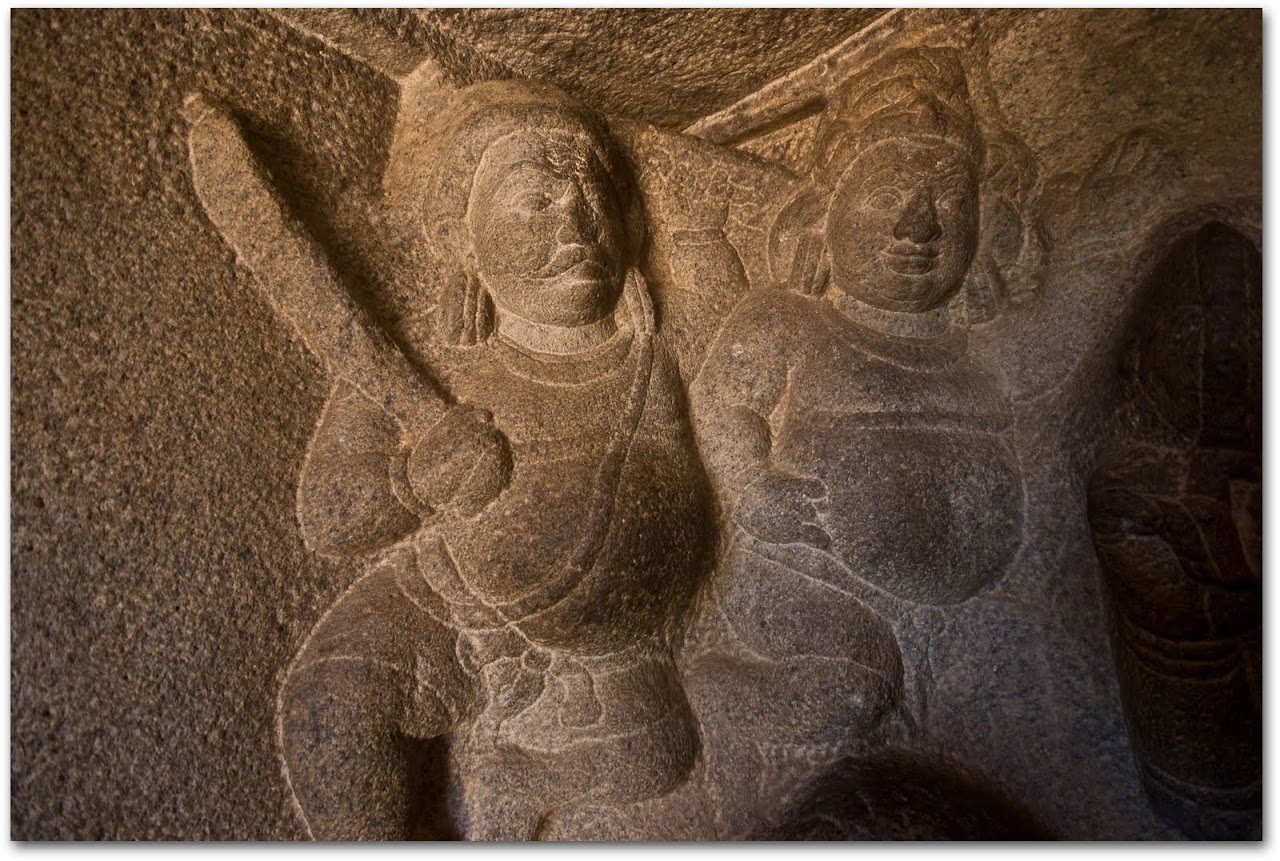
|
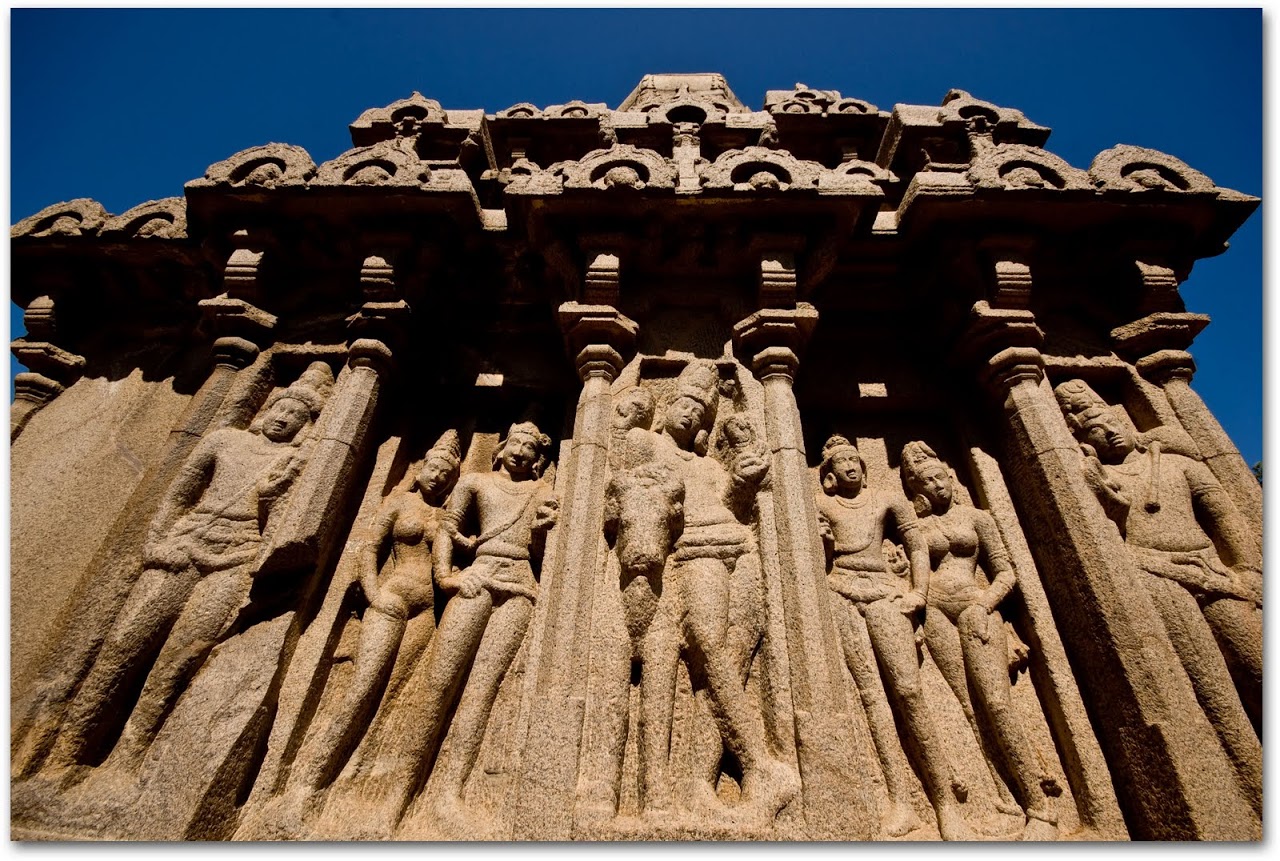
|
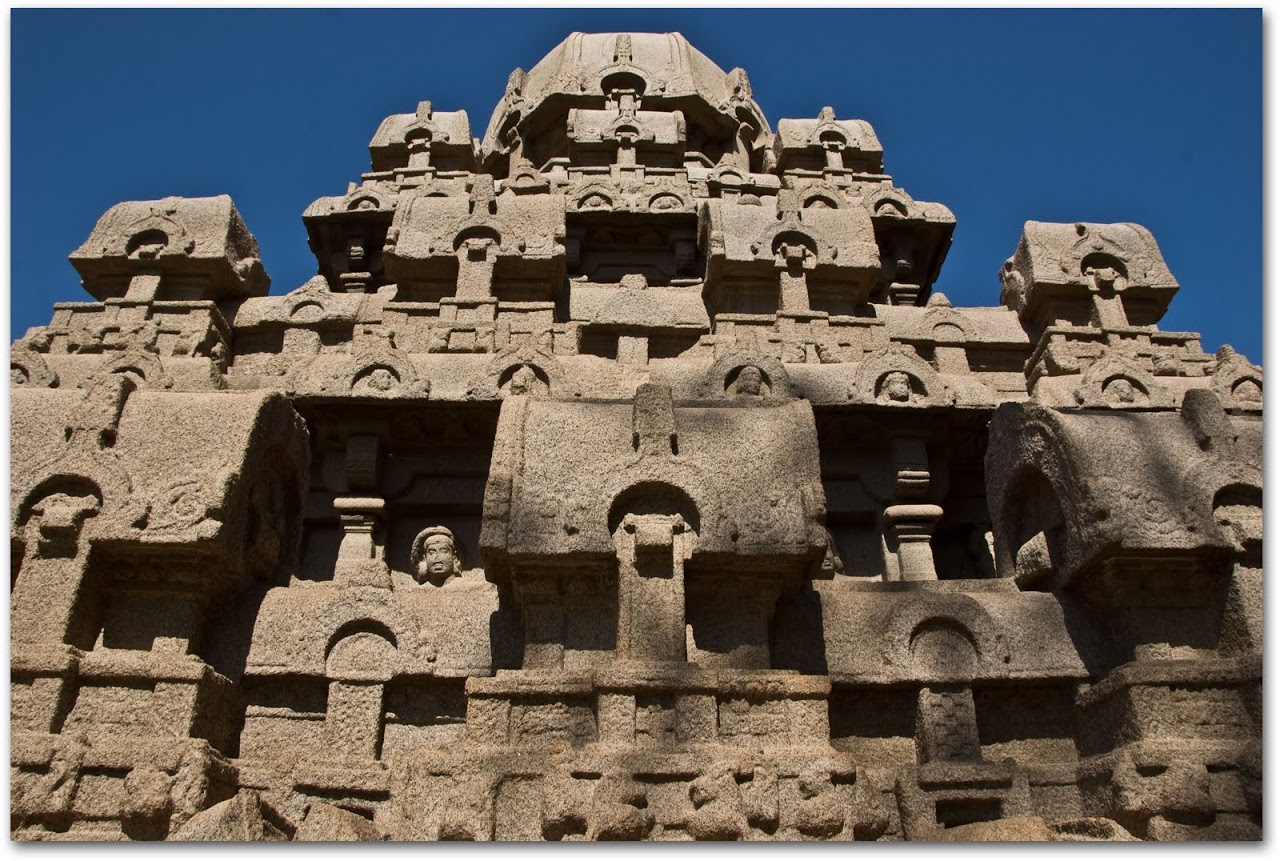
|
The Five Rathas, meant to resemble the chariots for the five brothers in the epic Mahabarata, are each monolithic temples, meaning that each temple is carved from a single boulder. The exterior is carved in geometric designs with sculptures of curved women and strong men.

|
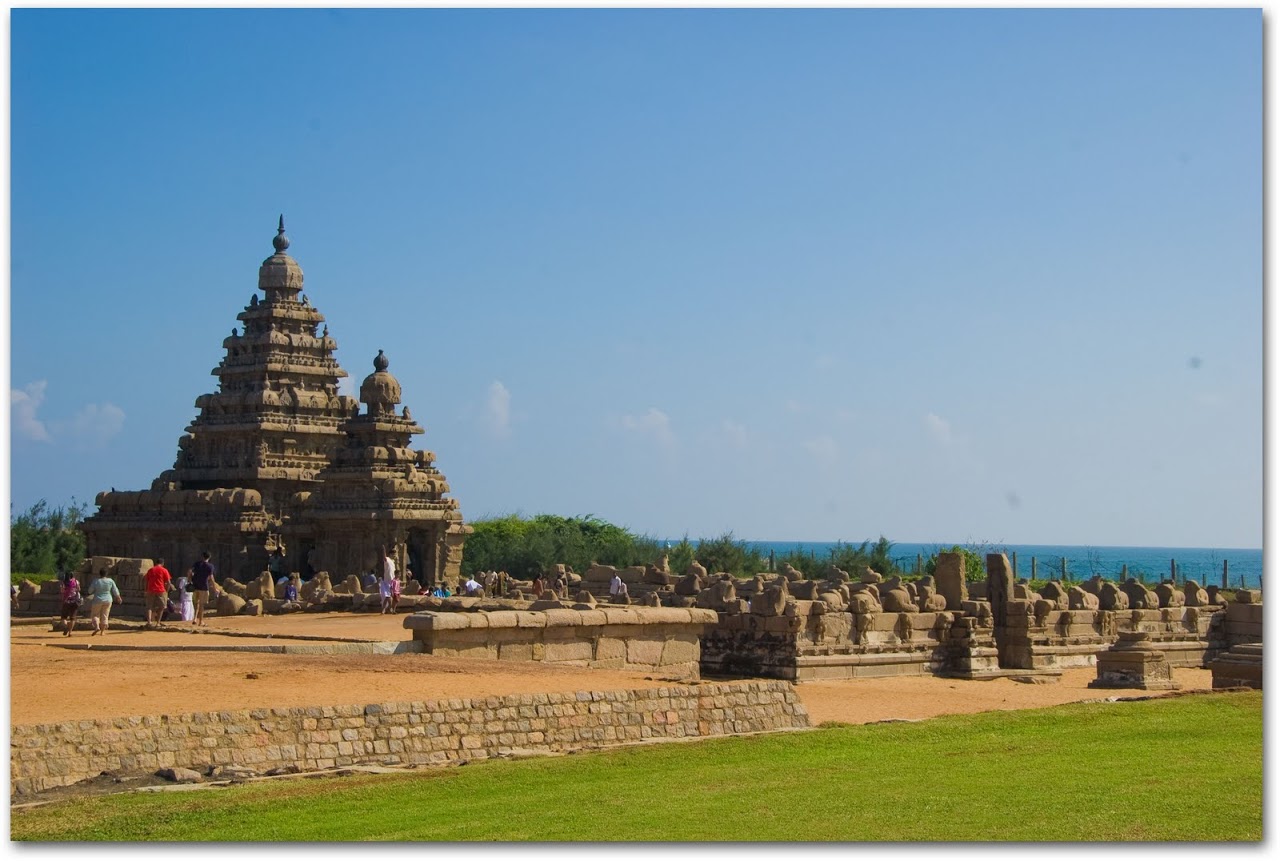
|
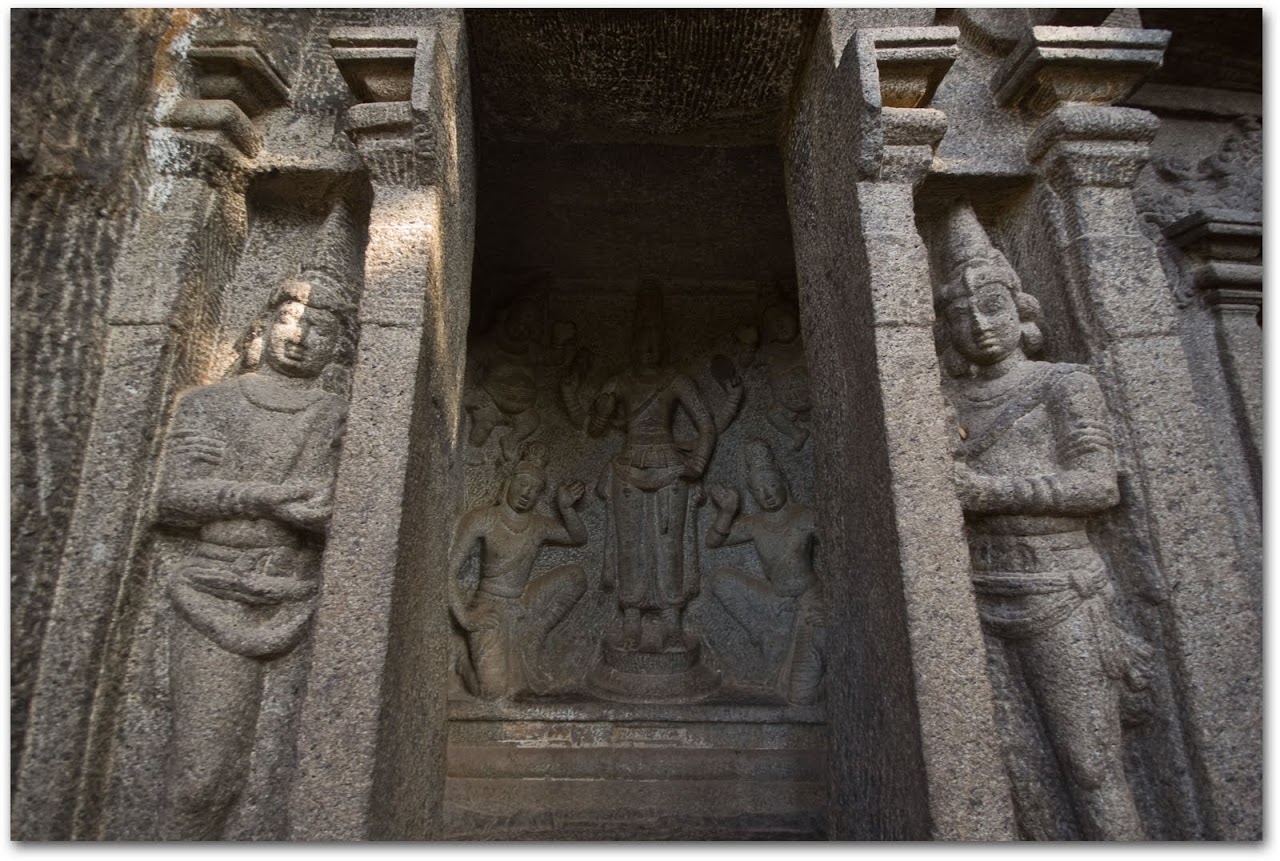
|
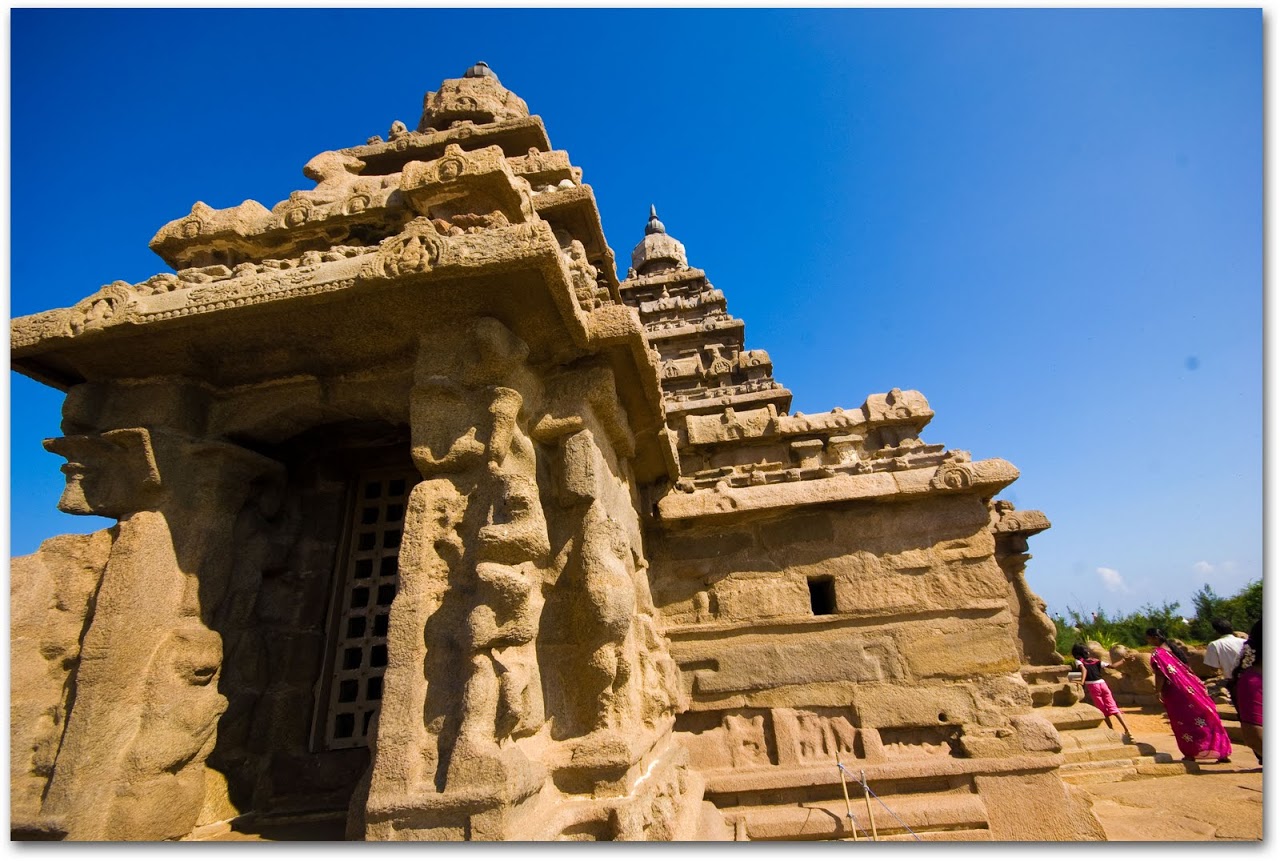
|
The Shore Temple sits at the ocean's edge and its stonework has been weathered by the pounding wind and water. When the 2004 tsunami struck Chennai, the receding waters revealed several other temples beneath the ocean.
Arjuna’s Penance is our favorite work, a relief carving inscribed into a huge boulder with intricately detailed scenes of the story of Arjuna’s appeal to the god Shiva to receive a weapon powerful enough to end the battle in the Mahabarata.
Elephants from Arjuna's Penance
Vignettes of ancient South Indian life, including realistic baby elephants playing under their mother, are woven into the carving. Apparently, there is also a cat humorously performing a penance to a crowd of mice somewhere in the carving, but I didn't find it.

|
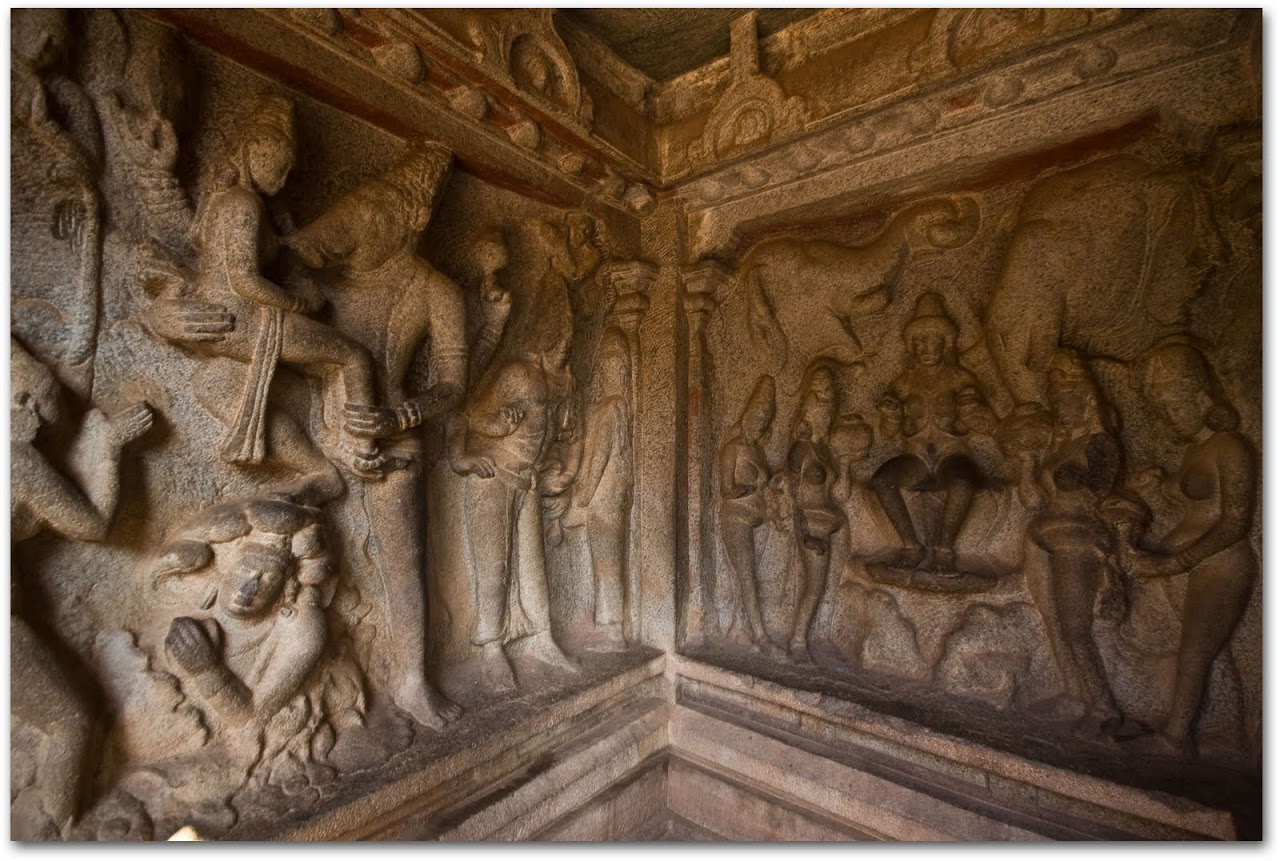
|
Mahabalipuram is the sort of place that makes me question whether humans are gaining intelligence with every coming century, as Patrick and other scientifically minded folks like to argue. I would not be surprised to find that there are few, if any, sculptors in the modern day who can match the clarity, depth, and detail of these temples. And, I can’t even imagine what sort of architectural skills are needed to carve a temple out of a single boulder. Of course, at the same time, the seventh century folks definitely didn't have Internet and I would choose a fast Internet connection over rock sculptures any day.
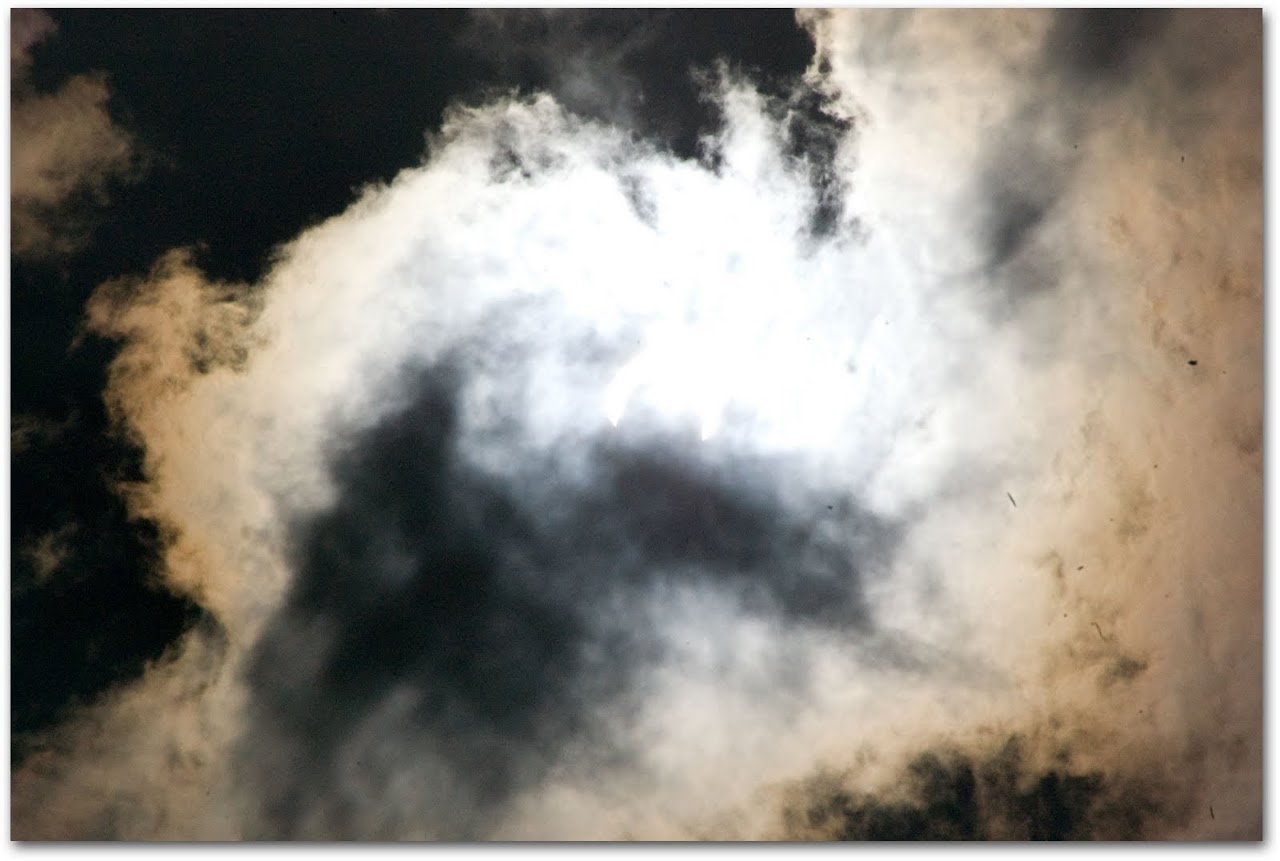
|
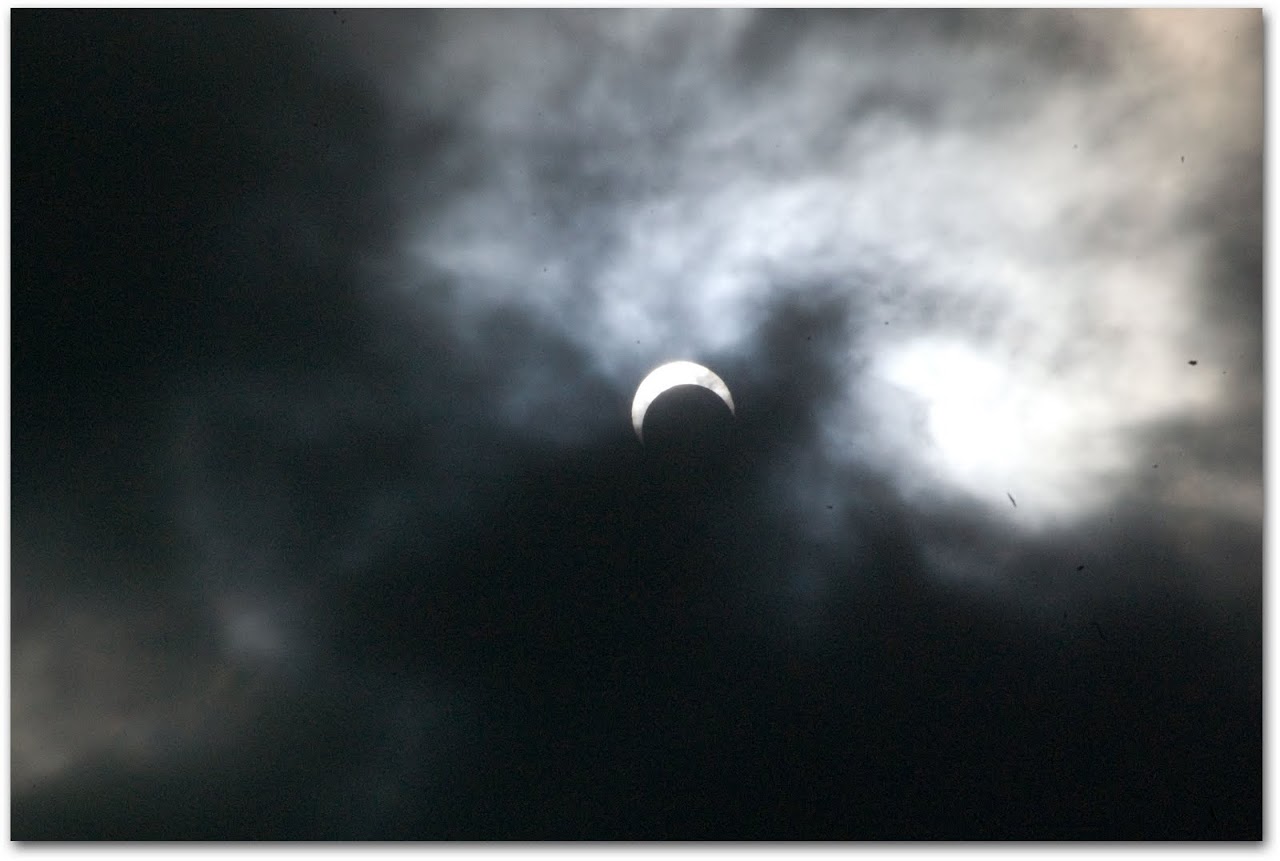
|
On Friday, we did not shop for Black Friday deals as we would in the U.S., but had a different sort of black experience, when the moon eclipsed 80% of the sun at 1:30. We watched the sky turn from blue to gray and then to black with tinges of white piercing through.
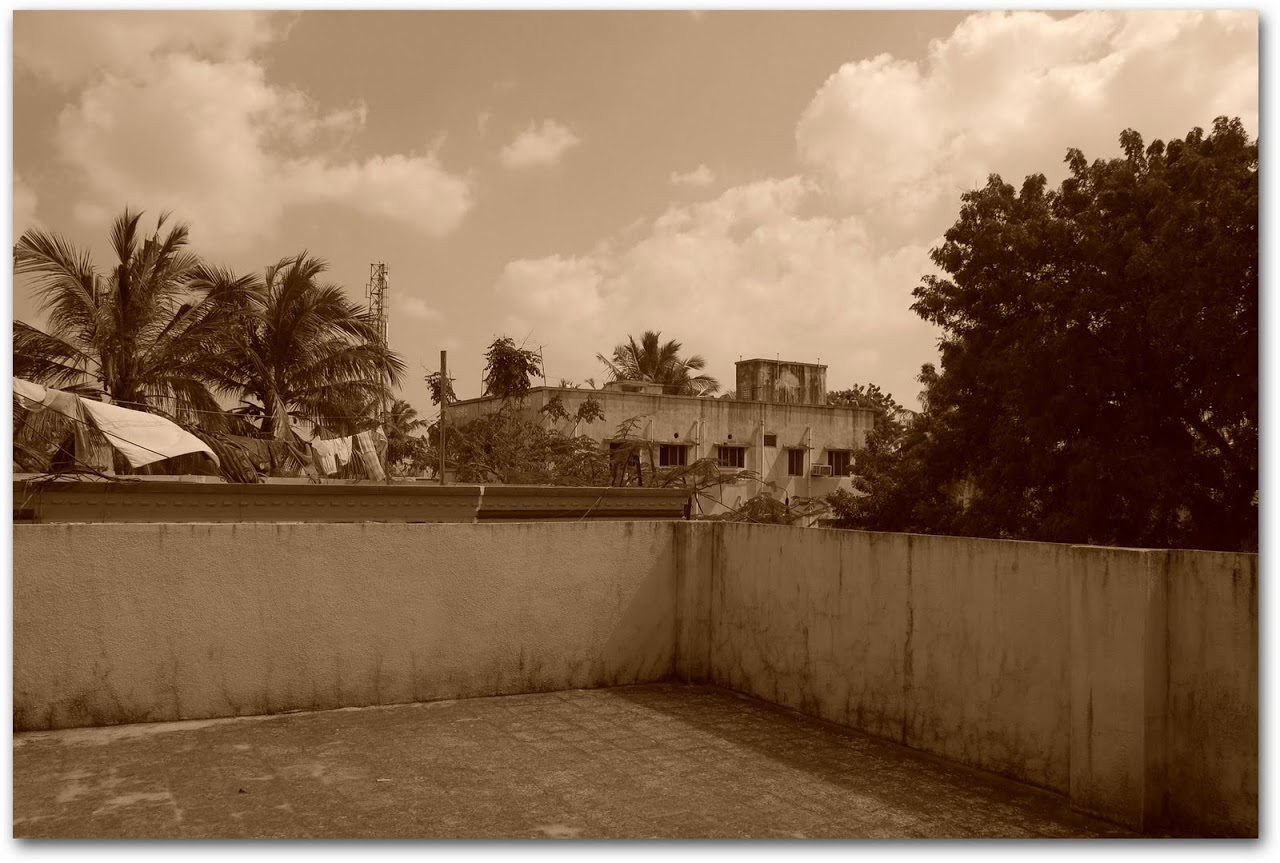
Chennai in sepia tones
Pongal wasn't the Thanksgiving we normally celebrate. But, it was a good thanksgiving, nonetheless.








